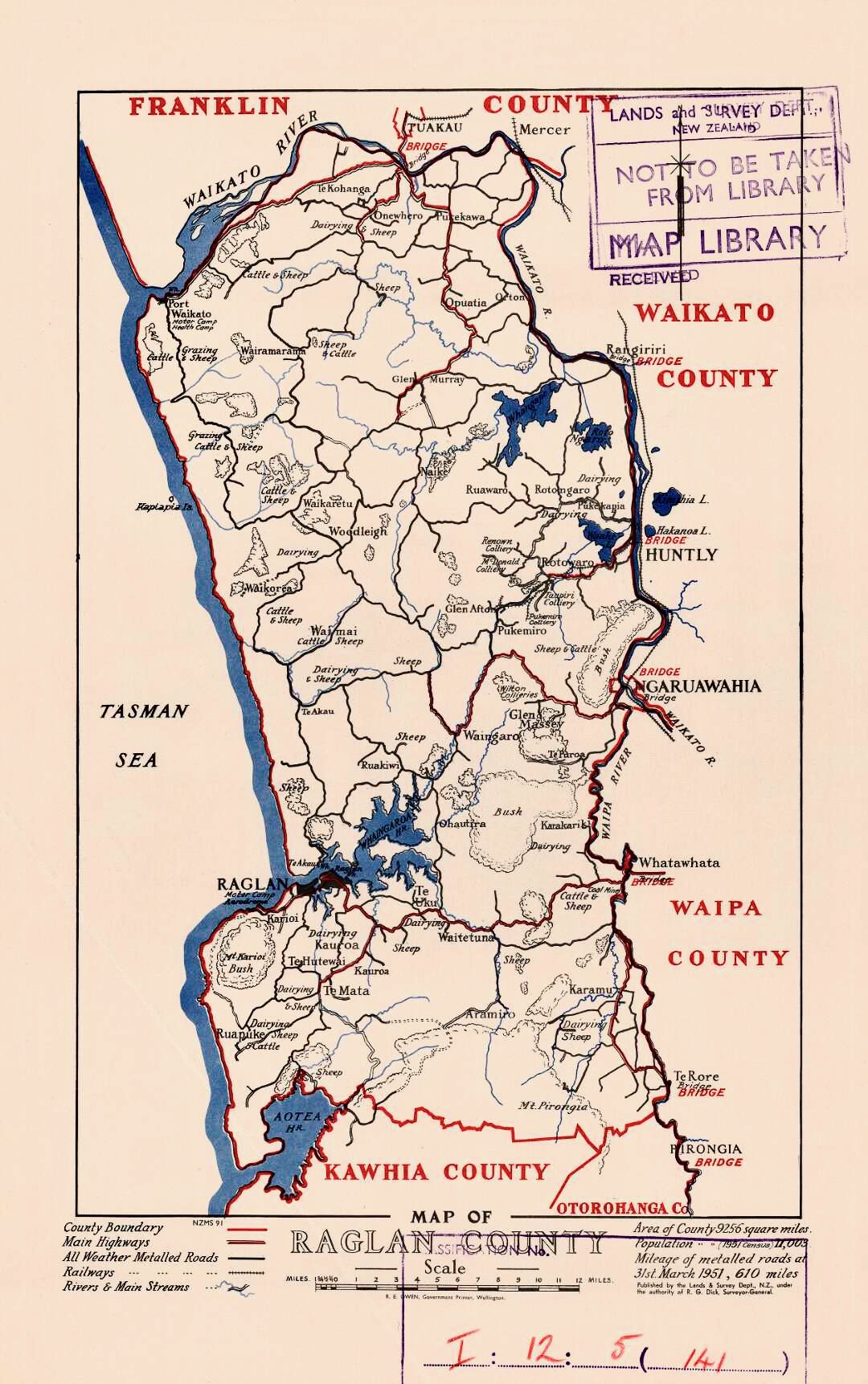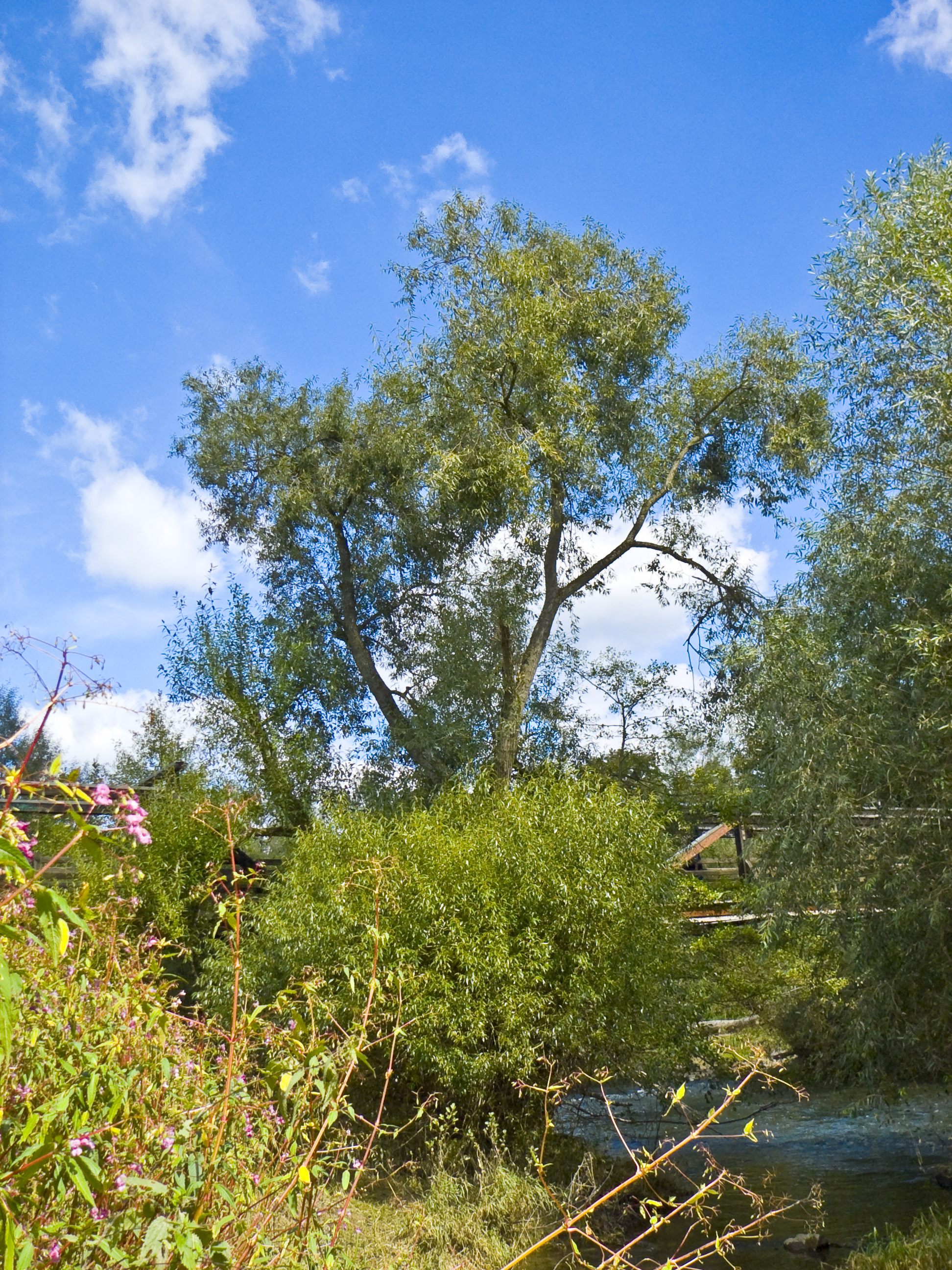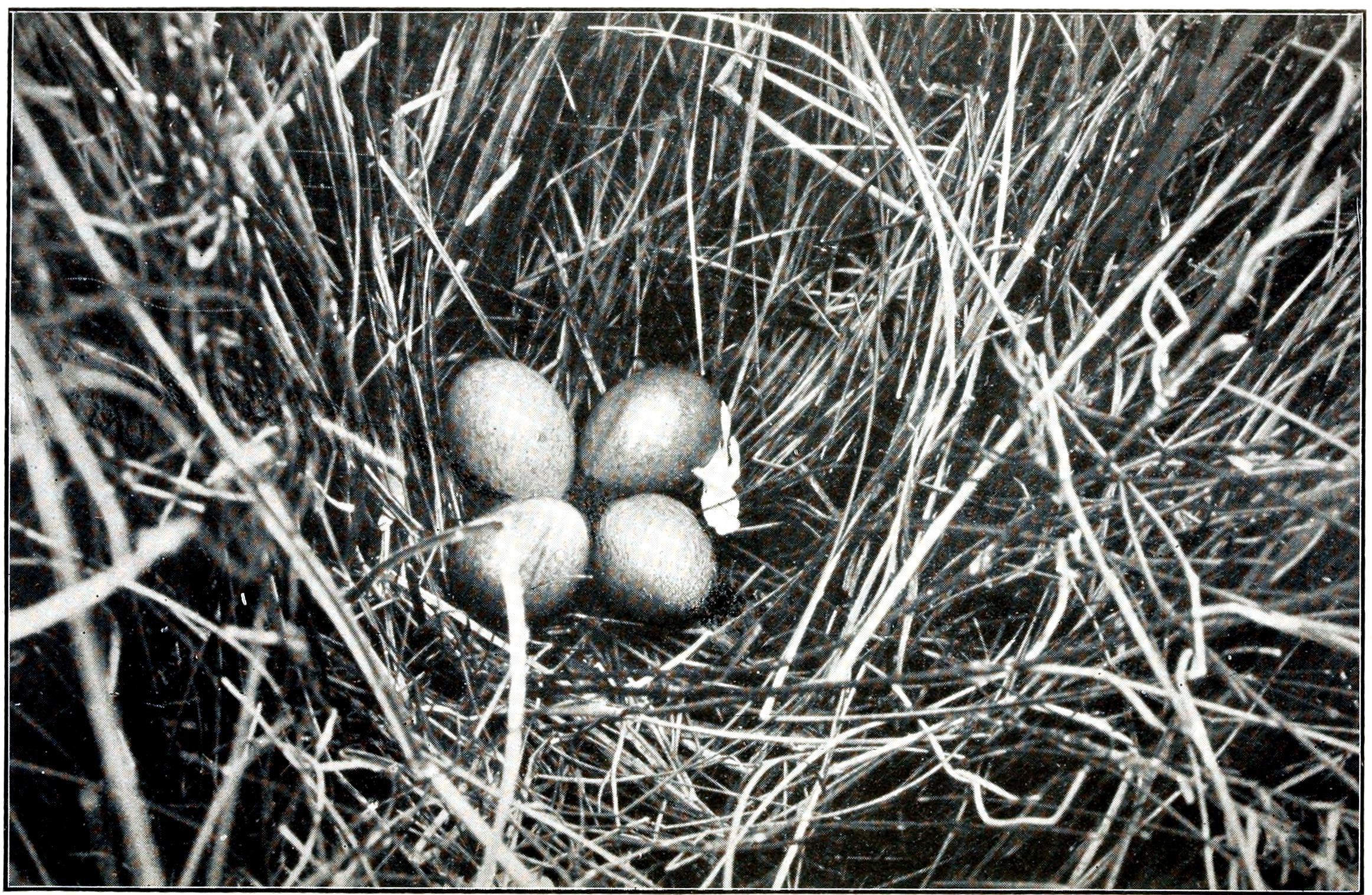|
Whangamarino Wetland
The Whangamarino Wetland in the Waikato District is the second largest wetland complex of the North Island of New Zealand. Encompassing a total area of more than 7200 hectares, the Department of Conservation ''Te Papa Atawhai'' manages 5,923 hectares of peat bog, swamp, mesotrophic lags, open water and river systems listed as a wetland of international importance under the Ramsar Convention. Fish and Game New Zealand are the second largest landowner, managing 748 hectares of the wetland primarily as gamebird hunting habitat. The site is also one of three of New Zealand’s foremost wetlands included in the Arawai Kākāriki wetland restoration programme, which aims to “enhance the ecological restoration of three of New Zealand’s foremost wetland/freshwater sites, making use of strong community involvement and promoting research into wetland restoration techniques”. Ecosystems and biodiversity Whangamarino Wetland consists of a rich and representative variety of wetland ... [...More Info...] [...Related Items...] OR: [Wikipedia] [Google] [Baidu] |
Waikato District
Waikato District is a territorial authority of New Zealand, in the northern part of Waikato region, North Island. Waikato District is administered by the Waikato District Council, with headquarters in Ngāruawāhia. The district is centred to the north and west of the city of Hamilton, and takes in much of the northern Waikato Plains and also the Hakarimata Range. The north of the district contains swampy floodplain of the Waikato River and several small lakes, of which the largest is Lake Waikare. Other than Ngāruawāhia, the main population centres are Huntly, Raglan, and Te Kauwhata. The main industries in the district are dairy farming, forestry, and coal mining. There is a major coal-fired power station at Huntly. Te Kauwhata is at the centre of a major wine region. Demographics At the 2006 census the district had a population of 43,959. Of these, 6834 lived in Huntly, 5106 in Ngāruawāhia, 2637 in Raglan, and 1294 in Te Kauwhata. In 2010, the district acquired part o ... [...More Info...] [...Related Items...] OR: [Wikipedia] [Google] [Baidu] |
Salix × Fragilis
''Salix'' × ''fragilis'', with the common names crack willow and brittle willow, is a hybrid species of willow native to Europe and Western Asia. It is native to riparian habitats, usually found growing beside rivers and streams, and in marshes and water meadow channels.Meikle, R. D. (1984). ''Willows and Poplars of Great Britain and Ireland''. BSBI Handbook No. 4. .Rushforth, K. (1999). ''Trees of Britain and Europe''. Collins .USFS—United States Forest Service: ''Salix fragilis'' — "Weed of the Week" . accessed 1.13.2013 It is a hybrid between '''' and '' |
Catfish
Catfish (or catfishes; order Siluriformes or Nematognathi) are a diverse group of ray-finned fish. Named for their prominent barbels, which resemble a cat's whiskers, catfish range in size and behavior from the three largest species alive, the Mekong giant catfish from Southeast Asia, the wels catfish of Eurasia, and the piraíba of South America, to detritivores (species that eat dead material on the bottom), and even to a tiny parasitic species commonly called the candiru, ''Vandellia cirrhosa''. Neither the armour-plated types nor the naked types have scales. Despite their name, not all catfish have prominent barbels or "whiskers". Members of the Siluriformes order are defined by features of the skull and swimbladder. Catfish are of considerable commercial importance; many of the larger species are farmed or fished for food. Many of the smaller species, particularly the genus ''Corydoras'', are important in the aquarium hobby. Many catfish are nocturnal, [...More Info...] [...Related Items...] OR: [Wikipedia] [Google] [Baidu] |
Brown Bullhead
The brown bullhead (''Ameiurus nebulosus'') is a fish of the family Ictaluridae that is widely distributed in North America. It is a species of bullhead catfish and is similar to the black bullhead (''Ameiurus melas'') and yellow bullhead (''Ameiurus natalis''). It was originally described as ''Pimelodus nebulosus'' by Charles Alexandre Lesueur in 1819, and is also referred to as ''Ictalurus nebulosus''. The brown bullhead is also widely known as the "mud pout", "horned pout", "hornpout", or simply "mud cat", a name also used with the other bullhead species. The brown bullhead is important as a clan symbol of the Ojibwe people. In their tradition, the bullhead or is one of six beings that came out of the sea to form the original clans. Appearance The brown bullhead grows to be approximately in length and is a darker brown-green dorsally, growing lighter green and yellow towards the ventral surface. The belly is off-white or cream, and the fish has no scales. Additionally, th ... [...More Info...] [...Related Items...] OR: [Wikipedia] [Google] [Baidu] |
Galaxiidae
The Galaxiidae are a family of mostly small freshwater fish in the Southern Hemisphere. The majority live in Southern Australia or New Zealand, but some are found in South Africa, southern South America, Lord Howe Island, New Caledonia, and the Falkland Islands. One galaxiid species, the common galaxias (''Galaxias maculatus''), is probably the most widely naturally distributed freshwater fish in the Southern Hemisphere. They are coolwater species, found in temperate latitudes, with only one species known from subtropical habitats. Many specialise in living in cold, high-altitude upland rivers, streams, and lakes. Some galaxiids live in fresh water all their lives, but many have a partially marine lifecycle. In these cases, larvae are hatched in a river, but are washed downstream to the ocean, later returning to rivers as juveniles to complete their development to full adulthood. This pattern differs from that of salmon, which only return to fresh water to breed, and is descr ... [...More Info...] [...Related Items...] OR: [Wikipedia] [Google] [Baidu] |
Black Mudfish
The black mudfish (''Neochanna diversus'') is a fish of the family Galaxiidae, found only in swamps and wetlands in the northern half of the North Island of New Zealand, from Kaitaia in the north to the Mokau River in the south. An 85-90% loss of wetlands has occurred, especially from Waikato and Hauraki Plains. The most significant threat is wetland drainage, and this has slowed so the decline has stabilized; other threats include mosquitofish (which eat juveniles and compete with adults), pollution, sedimentation, and fires. It is considered a local delicacy by the local Maori populace when prepared using ancestral cooking techniques. Its length is up to 12 cm. Efforts by the New Zealand Department of Conservation The Department of Conservation (DOC; Māori: ''Te Papa Atawhai'') is the public service department of New Zealand charged with the conservation of New Zealand's natural and historical heritage. An advisory body, the New Zealand Conservation Au ... and re ... [...More Info...] [...Related Items...] OR: [Wikipedia] [Google] [Baidu] |
Latham's Snipe
Latham's snipe (''Gallinago hardwickii''), also known as the Japanese snipe, is a medium-sized, long-billed, migratory snipe of the East Asian–Australasian Flyway. Description The snipe is 29–33 cm long, with a wingspan of 50–54 cm and weight of 150–230 g. Identification It is identifiable as a ''Gallinago'' snipe by its cryptically-patterned black, brown, buff and white plumage, but is not easily distinguished from Swinhoe's and pin-tailed snipe in the field, though it is slightly larger. Distribution and habitat The snipe breeds mainly in Hokkaidō in northern Japan, with smaller numbers on Honshū, the eastern Russian mainland and Sakhalin and, historically, the Kurile Islands. The entire population migrates and spends the non-breeding season principally in eastern Australia, where it is the commonest ''Gallinago'' snipe. It has been recorded on migration in Taiwan, the Philippines and New Guinea, and is a rare straggler to New Zealand. The snipe's bree ... [...More Info...] [...Related Items...] OR: [Wikipedia] [Google] [Baidu] |
Royal Spoonbill
The royal spoonbill (''Platalea regia'') also known as the black-billed spoonbill, occurs in intertidal flats and shallows of fresh and saltwater wetlands in Australia, New Zealand, Indonesia, Papua New Guinea, and the Solomon Islands. (In New Zealand, it is also known by the Māori name .) It has also been recorded as a vagrant in New Caledonia. The royal spoonbill lives in wetlands and feeds on crustaceans, fish and small insects by sweeping its bill from side to side. It always flies with its head extended. Widespread throughout its large range, the royal spoonbill is evaluated as Least Concern on the IUCN Red List of Threatened Species. Taxonomy The renowned ornithologist John Gould first described the royal spoonbill in 1838, naming it ''Platalea regia'' and noting its similarity to the Eurasian spoonbill (''P. leucorodia''). A 2010 study of mitochondrial DNA of the spoonbills by Chesser and colleagues found that the royal and black-faced spoonbills were each other's closes ... [...More Info...] [...Related Items...] OR: [Wikipedia] [Google] [Baidu] |
New Zealand Grebe
The New Zealand grebe (''Poliocephalus rufopectus''), also known as the New Zealand dabchick or weweia, is a member of the grebe family endemic to New Zealand. Description The New Zealand grebe has dark brown plumage, a small black head with fine silver feathers, a black pointed bill and characteristic yellow eyes. It grows to about 29 cm, and weigh about 250 g. Non-breeding individuals have a paler plumage and females tend to be a bit lighter, smaller and have a slightly shorter bill than males. Distribution and habitat This grebe species inhabits mainly shallow freshwater lakes, ponds and sheltered inlets. Currently it is found mainly in the North Island, where it is well distributed on the coastal lakes of the West coast from North Cape to Pukekohe and from Taranaki to Paraparaumu, as well as on ponds of the Volcanic Plateau, Gisborne, Hawkes bay and the Wairarapa. Formerly this species was also present in the lowland lakes of the South Island,Andrew Crowe, ''"Which ... [...More Info...] [...Related Items...] OR: [Wikipedia] [Google] [Baidu] |
Fernbird
The New Zealand fernbird or simply fernbird (''Poodytes punctatus'') is an insectivorous bird endemic to New Zealand. In the Māori language, it is named or . Taxonomy The New Zealand fernbird was described by the French zoologists Jean Quoy and Joseph Gaimard in 1832 from a specimen collected in Tasman Bay / Te Tai-o-Aorere, South Island, New Zealand. They coined the binomial name, ''Synallaxis punctata''. In the past, this species had the binomial name ''Megalurus punctatus.'' There are five subspecies present on different islands. They differ in extent of reddish-brown and intensity of streaking, as well as size: * ''P. p. vealeae'' (Kemp, R, 1912) – North Island (New Zealand) * ''P. p. punctatus'' (Quoy & Gaimard, 1832) – South Island (New Zealand) * ''P. p. stewartianus'' ( Oliver, 1930) – Stewart Island (New Zealand) * ''P. p. wilsoni'' ( Stead, 1936) – Codfish Island (=Whenua Hou, west of Stewart Island, New Zealand) * ''P. p. caudatus'' ( Buller, 1894) ... [...More Info...] [...Related Items...] OR: [Wikipedia] [Google] [Baidu] |
Baillon's Crake
Baillon's crake (''Zapornia pusilla''), also known as the marsh crake, is a small waterbird of the family Rallidae. Distribution Their breeding habitat is Cyperaceae, sedge beds in Europe, mainly in the east, and across the Palearctic. They used to breed in Great Britain up to the mid-19th century, but the western European population declined through drainage. There has been a recovery in north-western Europe in recent years, with the recolonisation of Germany and the Netherlands, and breeding suspected in Britain; an Irish record in 2012 was the first there since the 1850s. They nest in a dry location in wet sedge bogs, laying 4–8 Bird egg, eggs. This species is bird migration, migratory, wintering in east Africa and south Asia. It is also a resident breeder in Africa and Australasia. There is a single North American record of this species on Attu Island in September 2000. Subspecies There are at least five subspecies of Baillon's crake: * Marsh crake ''Porzana pusilla af ... [...More Info...] [...Related Items...] OR: [Wikipedia] [Google] [Baidu] |
Spotless Crake
The spotless crake (''Zapornia tabuensis'') is a species of bird in the rail family, Rallidae. It is widely distributed species occurring from the Philippines, New Guinea and Australia, across the southern Pacific Ocean to the Marquesas Islands and south to New Zealand. Taxonomy The spotless crake was Species description, formally described in 1789 by the German naturalist Johann Friedrich Gmelin in his revised and expanded edition of Carl Linnaeus's ''Systema Naturae''. He placed it with the other crakes and rails in the genus ''Rallus'' and coined the binomial nomenclature, binomial name ''Rallus tabuensis''. Gmelin's account is taken from that of the "Tabuan rail" that had been described in 1785 by the English ornithologist John Latham (ornithologist), John Latham in his book ''A General Synopsis of Birds''. Latham's description was probably based on a plate painted by the German naturalist Georg Forster who had accompanied the British explorer James Cook on his Second voyage o ... [...More Info...] [...Related Items...] OR: [Wikipedia] [Google] [Baidu] |






_(cropped).jpg)
